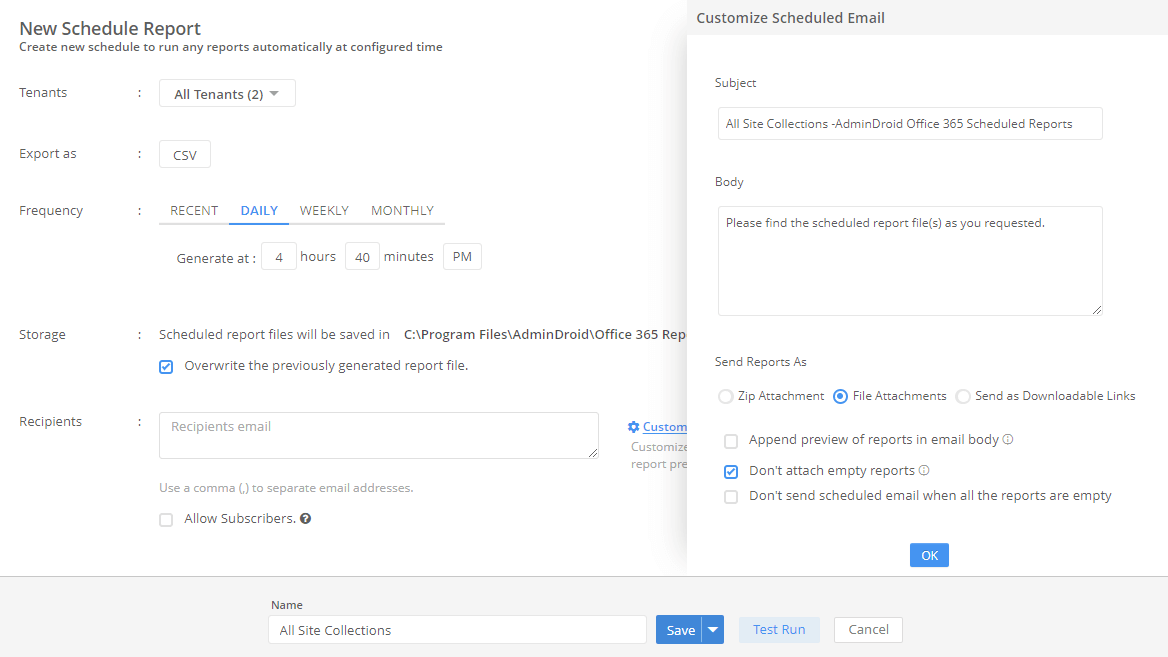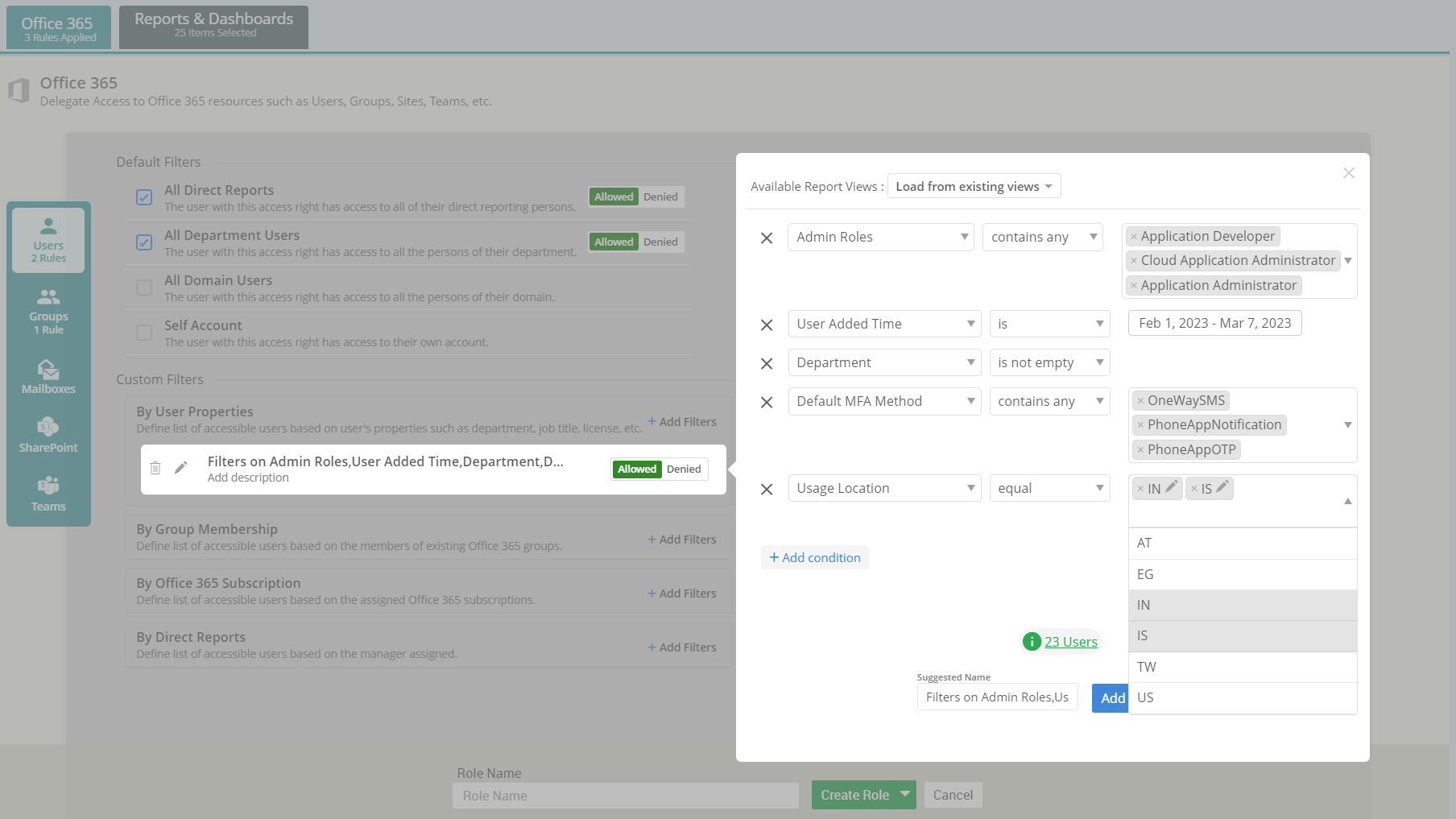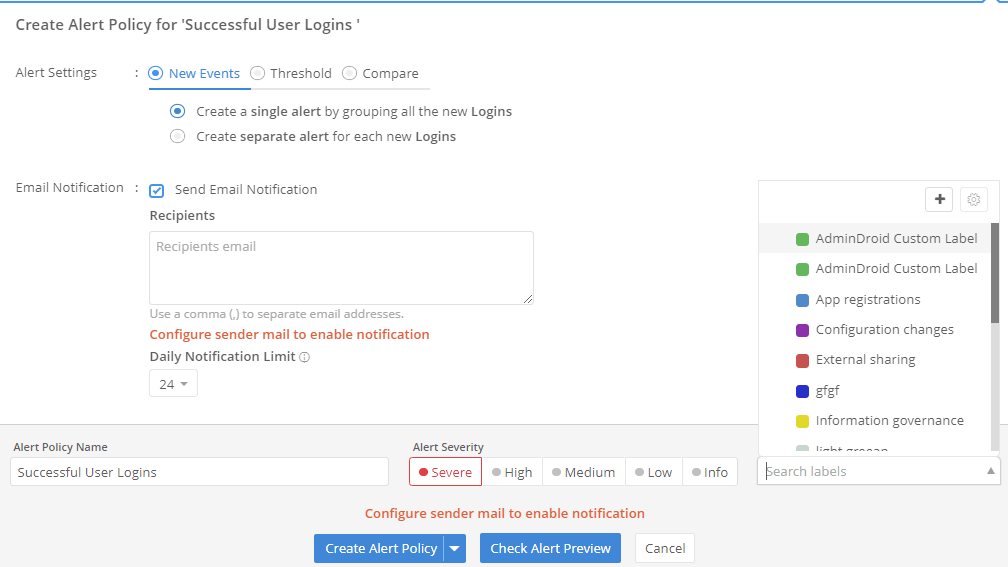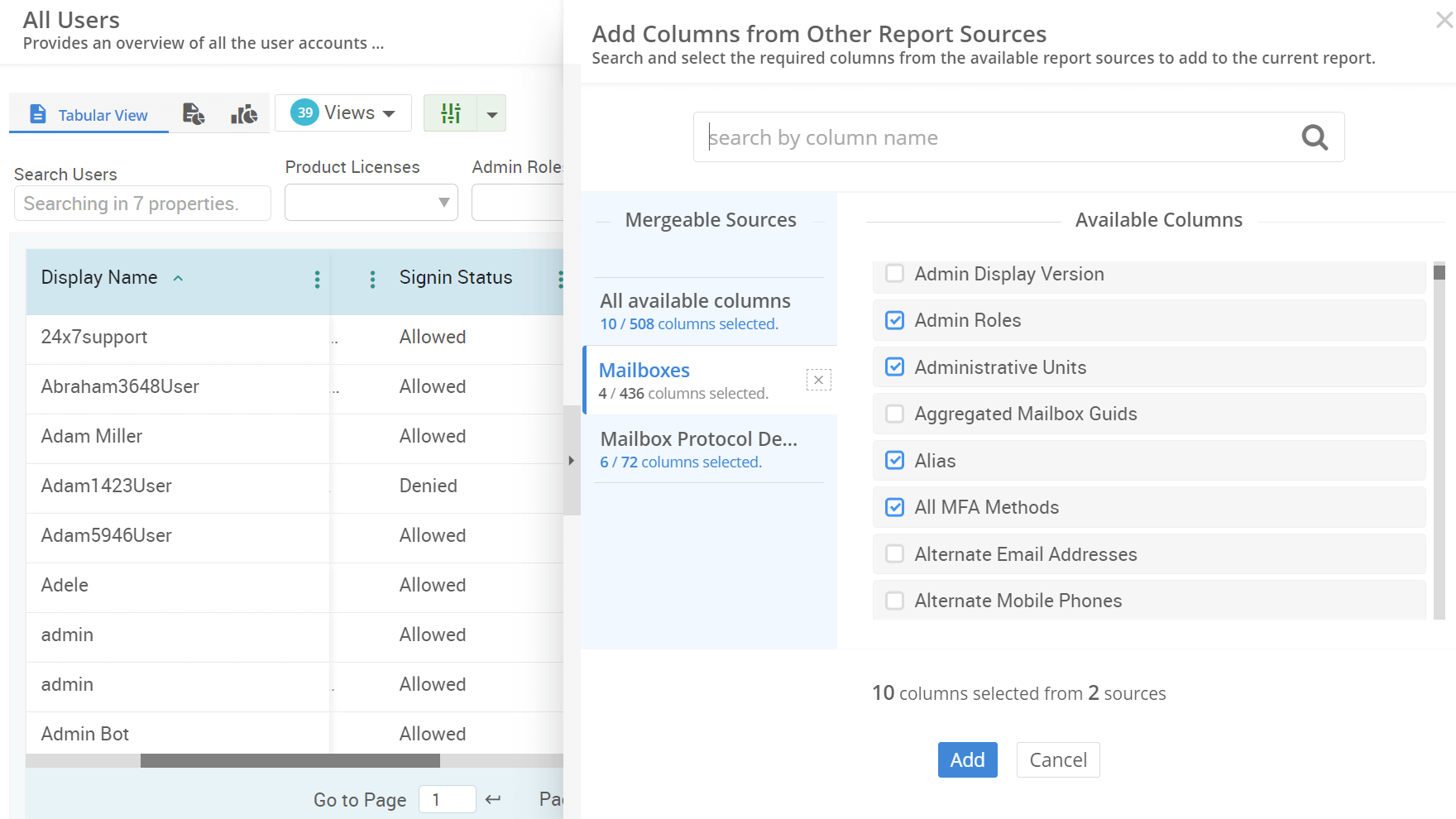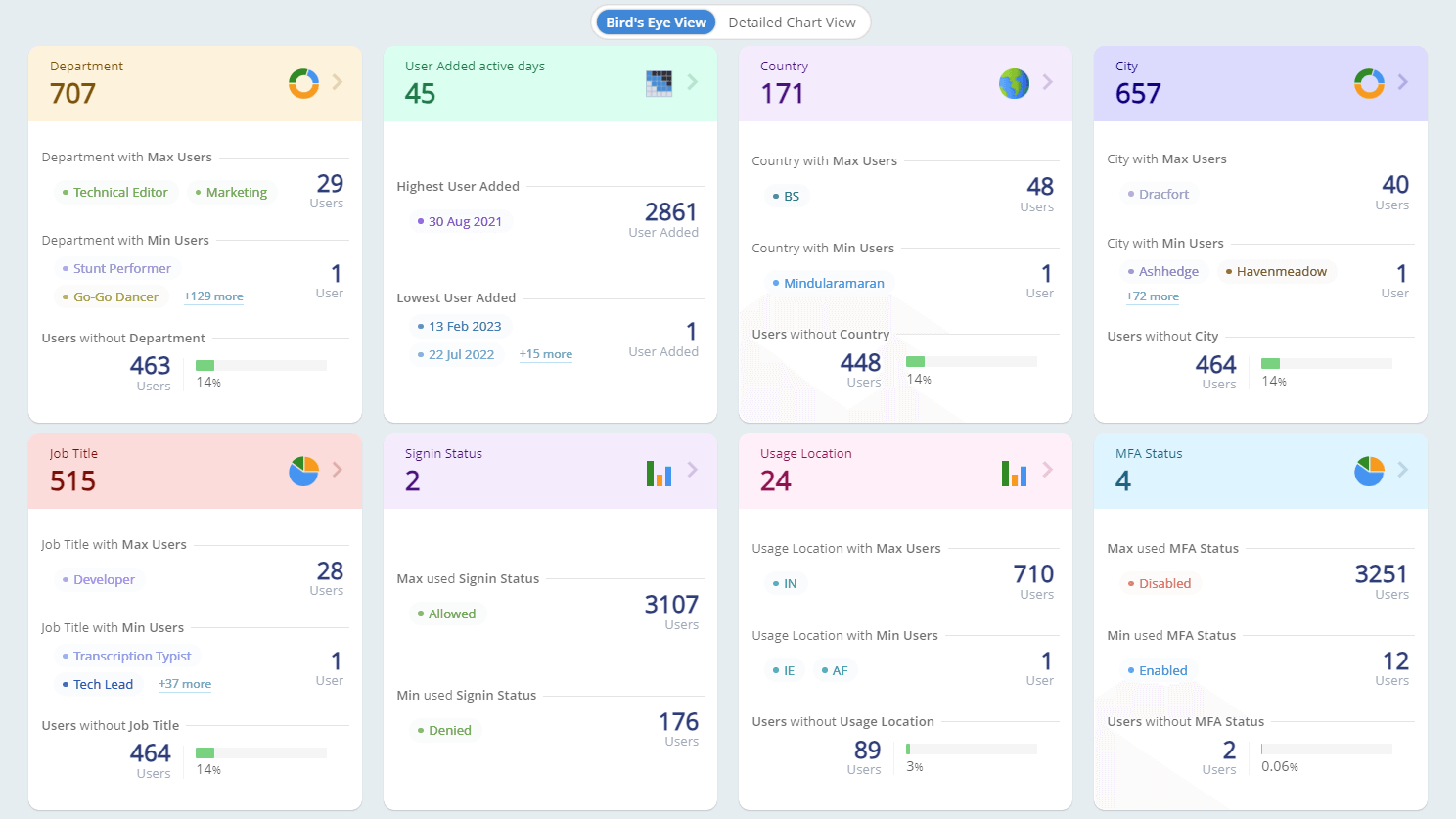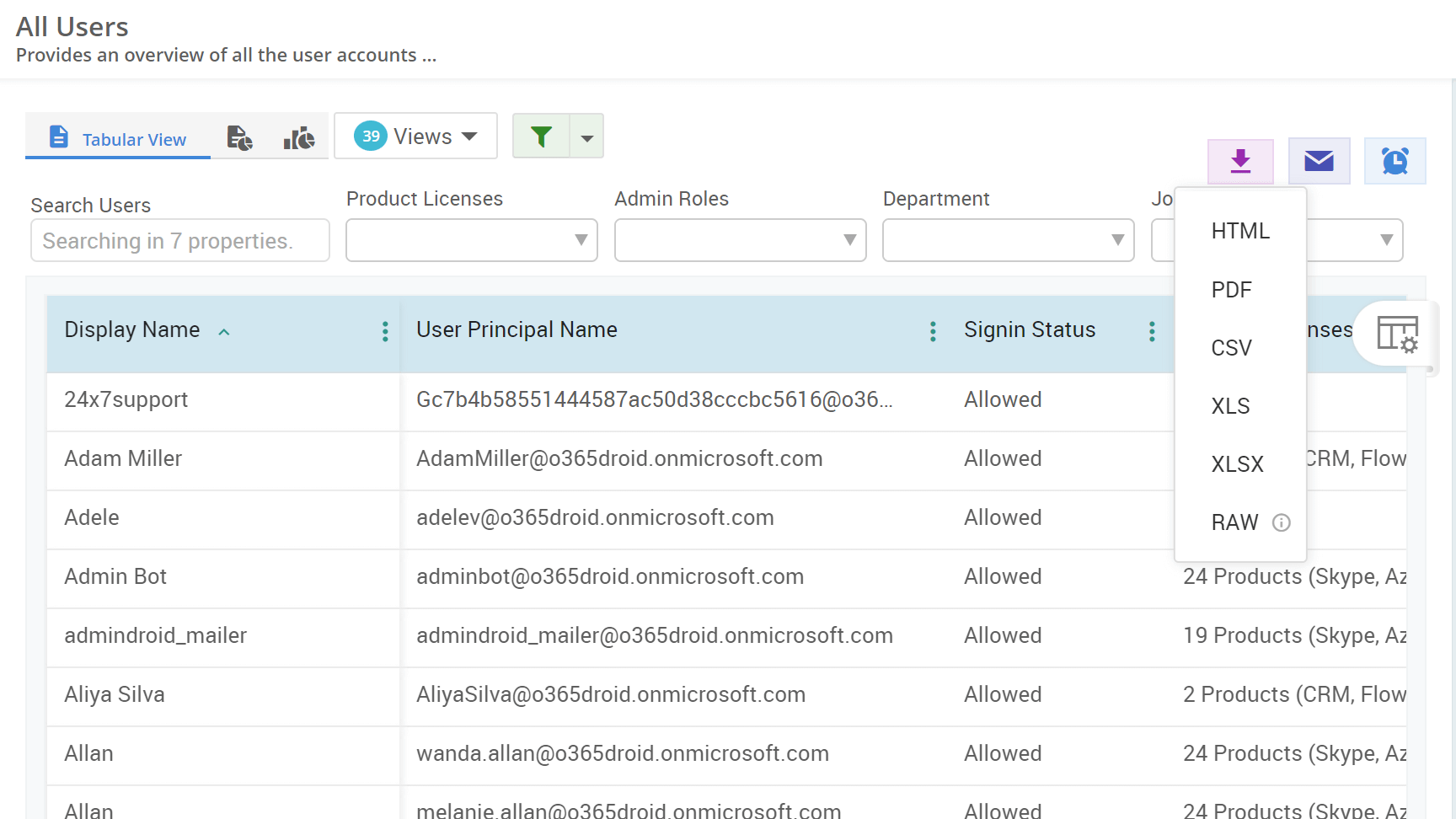How to Find Teams with Private Channels in Microsoft 365
Private channels in Microsoft Teams restrict discussions to a subset of team members, which makes them ideal for handling sensitive information. On the other hand, tracking private channels across multiple teams is harder due to their separate SharePoint Online sites and limited visibility. Monitoring teams with private channels is critical for ensuring proper permissions and compliance. This guide explains how to identify teams with private channels in Microsoft 365 and addresses access control and oversight issues.












